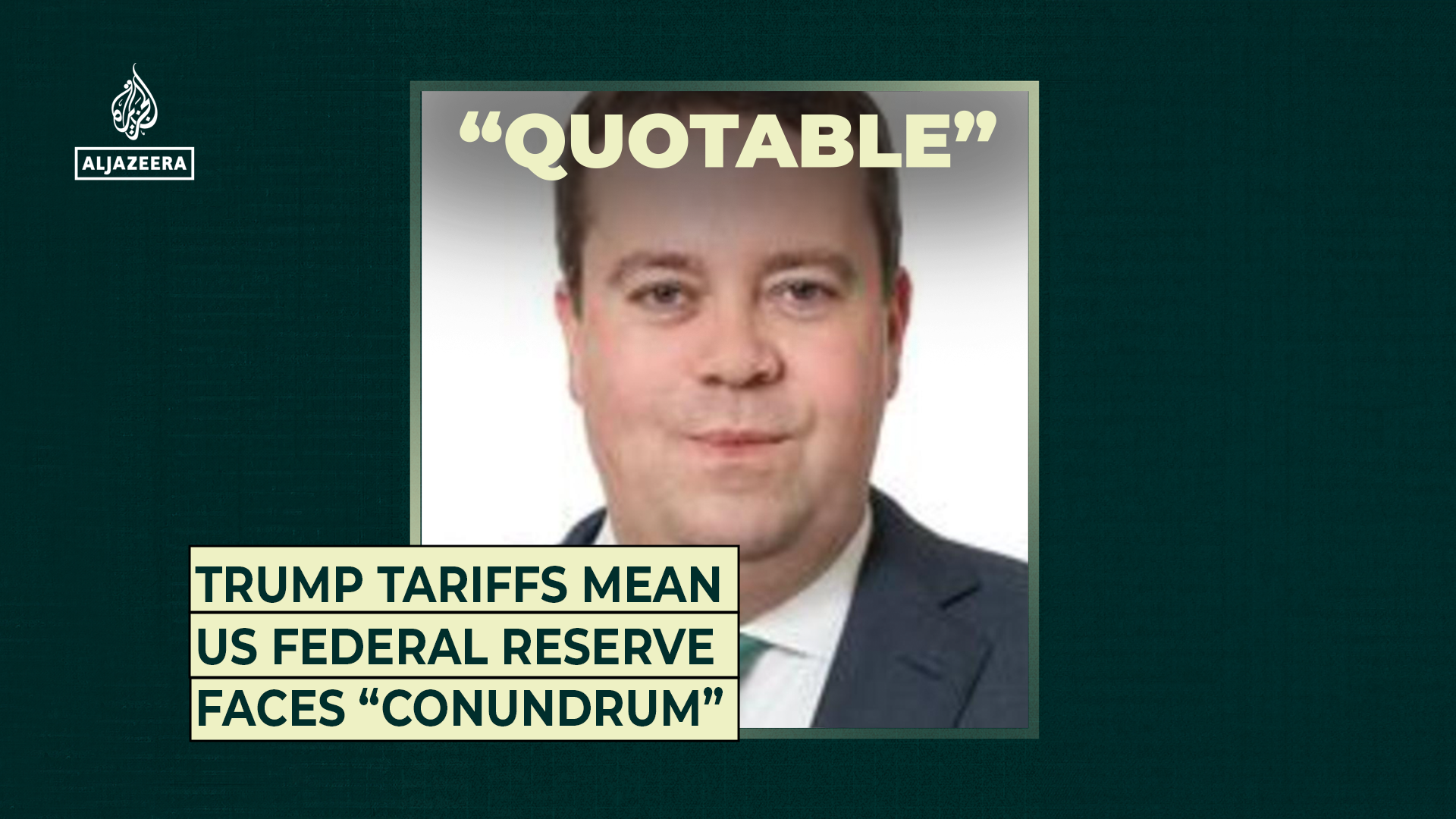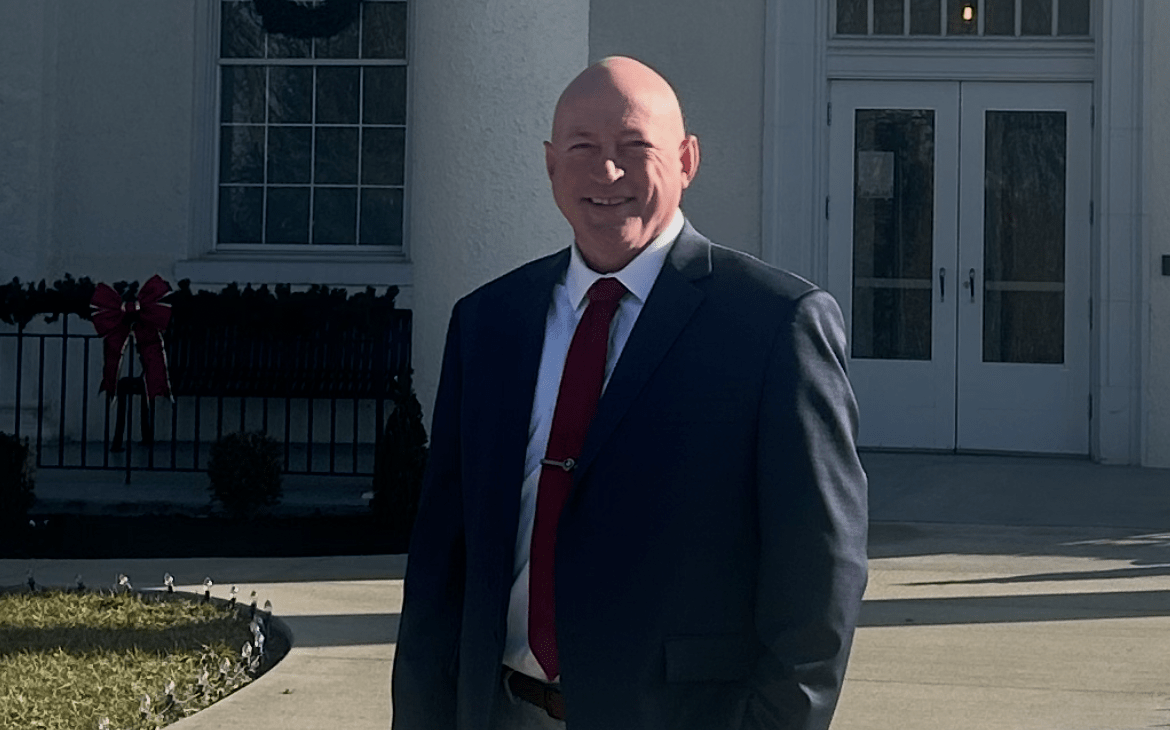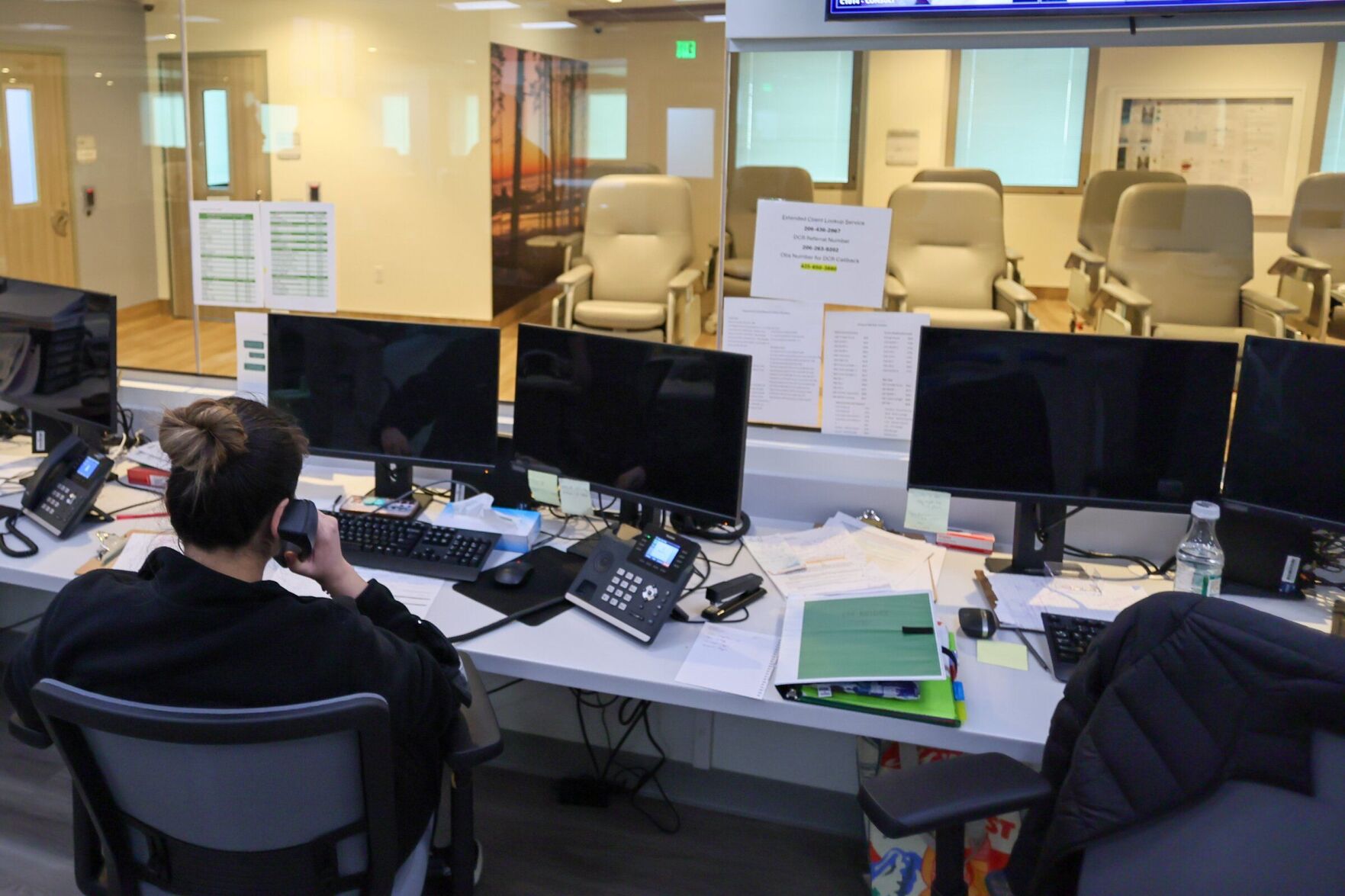As President Trump’s tariffs take effect, the U.S. economy faces the dual threat of slowing growth and rising inflation. This stagflationary pressure presents a significant challenge for the Federal Reserve, which must navigate this economic conundrum.
Trump tariffs mean US Federal Reserve faces “conundrum”

Key Takeaways:
- Tariffs are causing stagflationary effects on the U.S. economy.
- The Federal Reserve faces a ‘conundrum’ due to these economic pressures.
- Economic growth is slowing as a result of the tariffs.
- Inflation rates are rising in the tariff-affected economy.
- Monetary policy decisions are becoming more complex for the Fed.
Stagflation Looms Amid Tariff Impacts
The U.S. economy is entering a precarious phase as President Trump’s tariffs begin to take hold. “The tariffs are stagflationary, so slower growth and higher inflation,” a source notes, highlighting the dual threats facing the nation.
Understanding Stagflation
Stagflation, a portmanteau of stagnation and inflation, refers to an economic condition where inflation rates are high, economic growth slows, and unemployment remains steadily high. This combination presents a complex challenge for policymakers.
The Federal Reserve’s Conundrum
The Federal Reserve now faces a significant dilemma. With the economy showing signs of slowing growth amid rising inflation, adjusting monetary policy becomes increasingly difficult. Traditional measures to curb inflation could further hinder growth, while efforts to stimulate the economy might exacerbate inflationary pressures.
Slowing Economic Growth
The introduction of tariffs has begun to impact various sectors, leading to a decrease in economic activity. Businesses facing higher costs due to tariffs may reduce investment and hiring, contributing to a slowdown in growth.
Rising Inflationary Pressures
Consumers and businesses alike are experiencing higher prices as tariffs increase the cost of imported goods. This inflationary trend reduces purchasing power and can lead to decreased consumer spending, amplifying economic challenges.
Navigating the Economic Challenge
As the Federal Reserve deliberates its next moves, the balance between controlling inflation and fostering growth remains delicate. The path forward requires carefully crafted policy decisions to mitigate the adverse effects of stagflation.
Conclusion
The tariffs have introduced a complex dynamic into the U.S. economy. With the dual threat of slower growth and higher inflation, the Federal Reserve’s conundrum reflects the broader challenges facing the nation. How policymakers respond will significantly impact the economic well-being of the country in the coming months.











